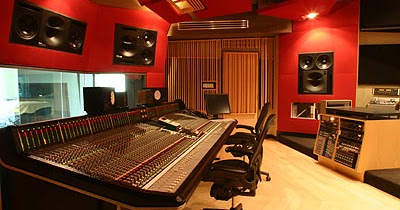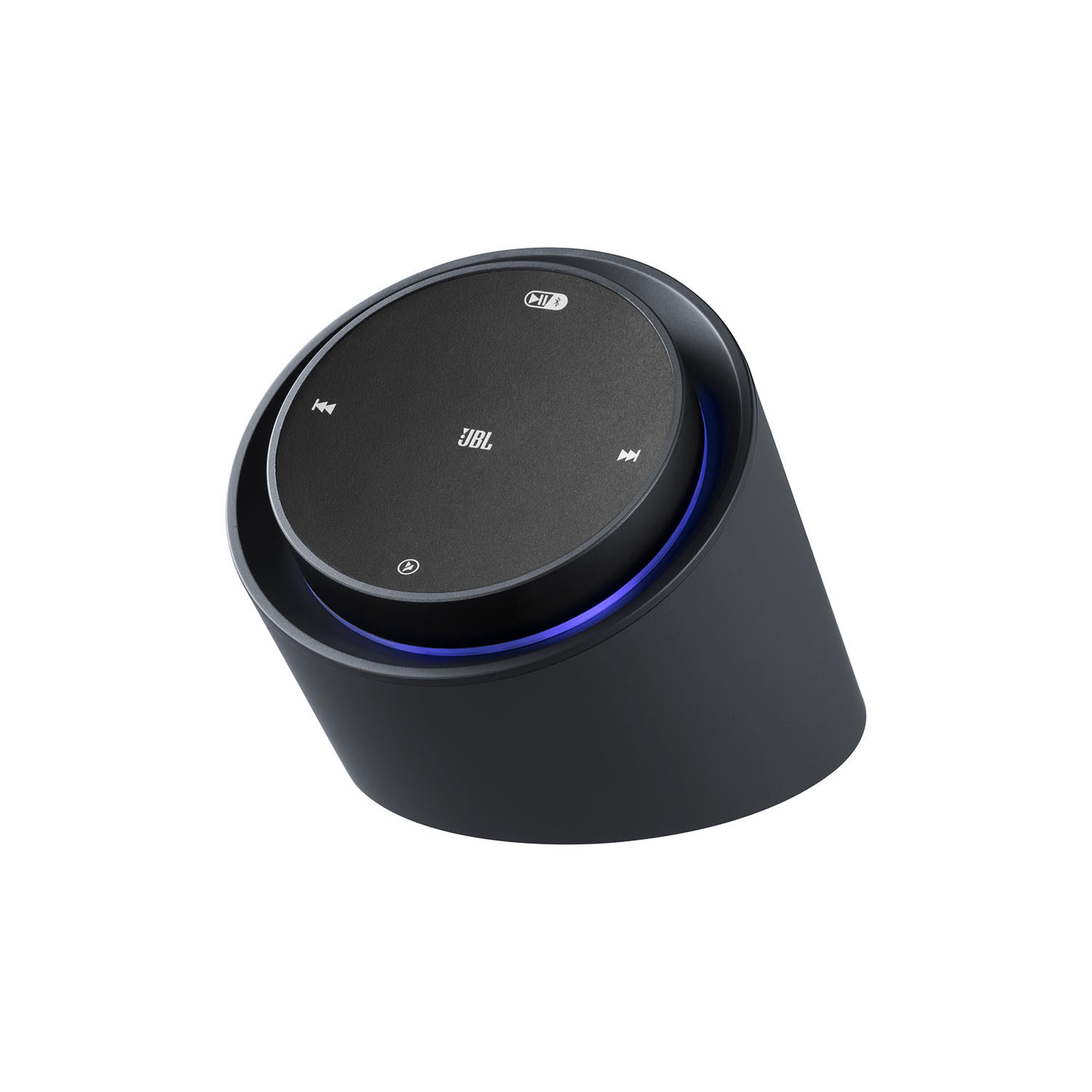
- #PRO SOUND STUDIO HOW TO#
- #PRO SOUND STUDIO FULL#
- #PRO SOUND STUDIO SOFTWARE#
- #PRO SOUND STUDIO TRIAL#
- #PRO SOUND STUDIO PROFESSIONAL#
#PRO SOUND STUDIO TRIAL#
It’s a natural learning process, trial and error, led by your ears.
#PRO SOUND STUDIO HOW TO#
If you can hear your mix accurately, you’ll be able to figure out how to get the sound you want. It would be the equivalent of painting a picture in a dimly lit room.

The bass might be too light, or the vocals too thin and distant. If you perfected your music on a pair of hi fi speakers, as soon as you played it back on another system, the mix will sound off. They’re designed to convey an accurate representation of the music you’ve recorded. Whereas as studio monitors need to sound neutral. They’ll typically add extra colour and boost the bass. Hi fi speakers are designed to make the music sound good. Studio monitors are very similar to regular hi fi speakers, but there’s one important difference. You’ll also need the audio interface to provide ‘phantom power’ if you plan to use a condenser microphone ( see below). There’s nothing stopping you from using just one input to build up a whole song, one track at a time.

Remember this is only for how many sound sources you want to recor d at the same time. Two for the singer with guitar, one for the bass, two for the stereo keyboard, and three for the drum kit. If it’s just you singing and playing the guitar, two inputs are plenty.īut if you were recording, say a live four piece band, you’d need at least 8 inputs. Two channel means there’s 2 inputs for connecting 2 sound sources at the same time. Which audio interface do you need?įor your home recording studio, you can pick up a simple two channel interface like the M-Audio M-Track Solo for just $50. Engineers get obsessive with these little boxes, on their quest for the purest sound. Yes, but the audio interface converts the signal at a much higher quality. It will convert the analogue signal into a digital one.īut isn’t that what the sound card already does? Use this box to connect microphones, keyboards or any instruments you want to record. Though it could connect through a firewire port if you have an older computer. This is a little box, which you attach to your computer with a USB or thunderbolt cable. FL Studio is also good for electronic music, and it’s simple and affordable. Some are more suitable for specific genres of music.įor loop based electronic music, take a look at Ableton Live.Ībleton was originally developed for DJs and musicians who performed live, and has now grown into a powerful DAW. They all do the same thing, but each have their own workflow.
#PRO SOUND STUDIO SOFTWARE#
There’s several choices of DAW software for your home recording studio.
#PRO SOUND STUDIO PROFESSIONAL#
Once you’ve put down the vocals, you can gear them in a selection of virtual rooms and see which one suits the best.Īll the tools of a professional recording studio are available for tweaking the sound with compression and eq. You’ll then be able to try out different virtual instruments, and record some acoustic guitar. If you’re a solo songwriter, start with programming a drum rhythm.
#PRO SOUND STUDIO FULL#
Use your DAW to build up a full song, one track at a time. It gives you access to a virtual recording studio, and a vast collection of instruments. This is the powerful software for your computer. Of course I need headphones for this ( more below). I love taking my laptop to a cafe or shared workspace, to write, edit or even mix music. These days laptops are powerful enough to be the centre of most home recording studios.

Too much noise makes it impossible to make decent recordings, or even hear what you’re mixing properly. Many musicians opt to buy another external hard drive, just for audio files.Īlso consider how noisy the fan is.

SSD is better than HDD, and no less than 500gb in size. The same goes for the internal hard drive – make sure it’s fast enough. You don’t want to have to trade it in for a more powerful model next year. You could get away with less than this, but with ever-expanding file sizes, its better to future proof your investment. In terms of specifications, aim for at least 16gb of ram and the fastest CPU you can afford. This is the great killer of creative flow. The computer needs to work with several large audio files at the same time, and without enough power, it’s at risk of constantly stuttering and stopping. If you’re buying a new computer, there’s a few things to consider… PCs and Macs are both fine, so stick with the operating system you’re comfortable with. If you’re starting out, and already have a computer, I recommend using whatever you already have. The computer is the heart of the home studio.


 0 kommentar(er)
0 kommentar(er)
